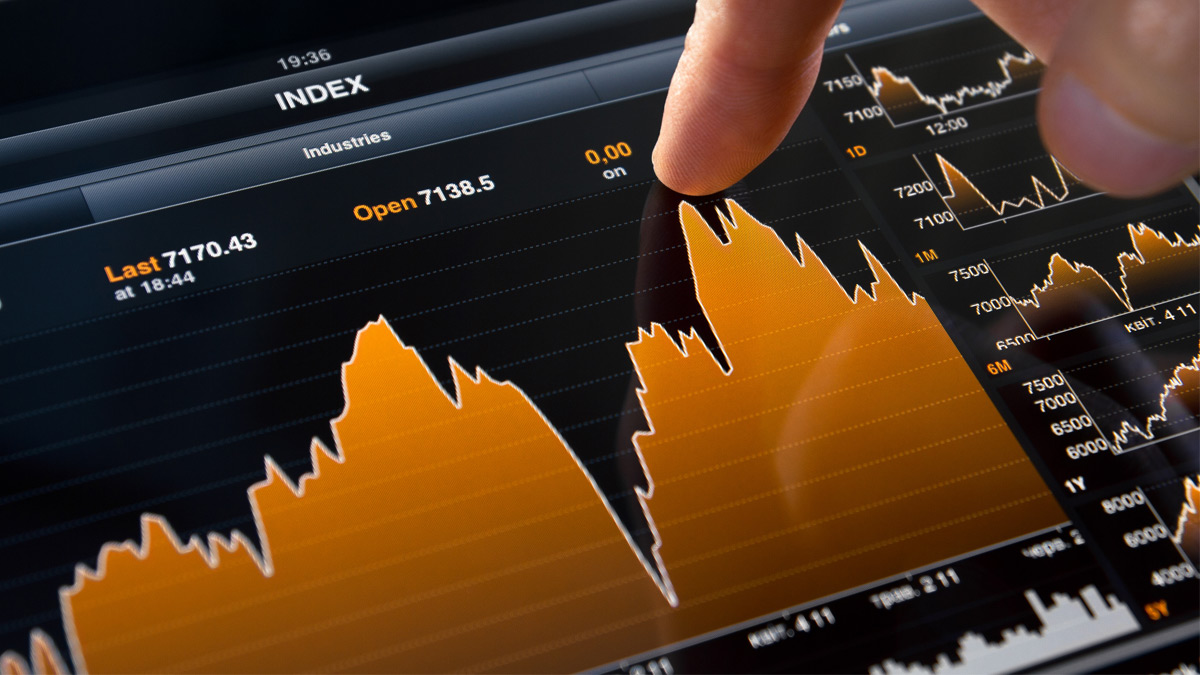In late September 2018, the markets were at record highs. By late October, they dropped 10% and entered, at least as of writing, correction territory. During this same period, United States Gross Domestic Product (GDP) rose at an annualized rate of 3.5% in the quarter, compared with 4.2% in the second quarter — back to back strong GDP data. Plus, unemployment rates in the U.S. are sitting at 3.7% and consumer spending increased by 4% in the third quarter. So why was there a market selloff? What got investors spooked and where do we go from here?
Simply put, today’s markets are anticipating what’s likely to happen 6 to 12 months from now. Rather than reflecting the positive growth of the past, the markets are actually a leading indicator of what’s to come. Given current trade tensions, rising interest rates and inflation, some investors at least are worried about slower growth in the months to come and those concerns are being played out in today’s market volatility.
Markets Are Being Revalued
In effect, the market is trying to price in a new multiple, i.e., a new valuation. Whether or not the recent cut in valuation is justified remains to be seen. At a macro level, this is what is happening: the markets are being revalued based on what is expected to happen in the next 6 to 12 months. Perhaps the bigger question is why now? Certainly the U.S.-China trade war has been ongoing for the past several months and the U.S. Federal Reserve has been consistently raising interest rates as promised. Yet, aside from a similar 10% drop in February (when trade tensions first emerged) the markets largely ignored these challenges and continued to climb–until now.
The difference is, nine months after the U.S. and China began imposing tariffs on each other, companies are starting to feel the cost of these added expenses. Suddenly tariffs matter and people have trained their sights on the negatives of the overall market. The reality is, even when markets soar 200 to 300 points in a day, there are always storm clouds on the horizon, but people choose to focus on the positive.
A similar story plays out when you look at individual companies. For example, much like the U.S. economy, tech giants Amazon and Alphabet (the parent company of Google) have been experiencing unprecedented growth–until now. On October 26, 2018, Amazon shares dropped more than 8% and Alphabet fell more than 5%. Why? They became victims of their own success. They could not maintain the same growth rates. That doesn’t mean they still aren’t growing. Both companies enjoyed record profits in the third quarter, but going forward they will not be able to sustain the growth rate we have become accustomed to seeing. That said, they are both still excellent businesses.
Adjust Your Expectations
To return to the bigger picture and markets, the message to investors is clear: adjust your expectations. The days of double-digit growth we’ve grown accustomed are behind us. And that’s OK. When you build a portfolio, it is critical to stay diversified and avoid overweighting in any one area to chase the current hot stocks because the party and high flying always come to an end. Be disciplined and rightsize your expectations.
That said, all of this can change if either one of the following happens: the U.S. and China end their trade war; the Federal Reserve pauses and does not raise interest rates (right now all it’s saying is it wants to get the interest rates to neutral, but it hasn’t defined what that means, which is causing more uncertainty for investors).
Bottom Line
Stock markets go up until they don’t. That’s where we are today. Consider it a reset.

